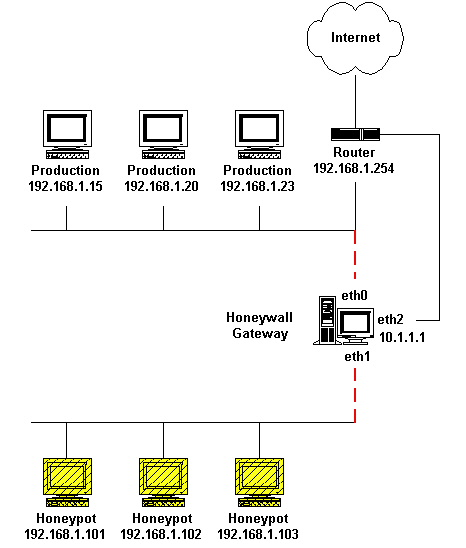Honeypot
From Computing and Software Wiki
| Line 21: | Line 21: | ||
[[Security and Storage Mediums]]<BR> | [[Security and Storage Mediums]]<BR> | ||
[[Random Number Generators and Information Security]]<BR> | [[Random Number Generators and Information Security]]<BR> | ||
| - | [[Biometric | + | [[Biometric systems regarding security design principle]]<BR> |
[[Phishing]]<BR> | [[Phishing]]<BR> | ||
[[Biometrics in Information Security]]<BR> | [[Biometrics in Information Security]]<BR> | ||
| - | [[Smart Card | + | [[Smart Card technology to prevent fraud]]<BR> |
[[Electronic Voting Systems]]<BR> | [[Electronic Voting Systems]]<BR> | ||
| - | [[Anti-spam | + | [[Anti-spam Systems and Techniques]]<BR> |
| - | [[The Mitnick | + | [[The Mitnick attack]]<BR> |
[[Payment Card Industry Data Security Standard]]<BR> | [[Payment Card Industry Data Security Standard]]<BR> | ||
[[Operating Systems Security]]<BR> | [[Operating Systems Security]]<BR> | ||
[[Autocomplete]]<BR> | [[Autocomplete]]<BR> | ||
| - | [[Social | + | [[Social engineering]]<BR> |
[[Identity Theft]]<BR> | [[Identity Theft]]<BR> | ||
| - | [[Information | + | [[Information security awareness]]<BR> |
Revision as of 01:48, 4 December 2007
In computing terminology, a Honeypot is a closely monitored network decoy that serves several purposes. It can provide early warning about a new attack or exploitation trends, can distract adversaries from other more valuable resources on a network, or allow a detailed examination of adversaries during and after a honeypot has been exploited.
A Honeypot usually serves as a surveillance and early warning tool. It doesn't fix a single problem, but is a highly flexible security tool that has different applications for security. It has multiple uses including prevention, detection and information gathering. Honeypots all have the same concept that they don't have any production or authorized activity. A Honeypot should not see any legitimate traffic and can be surmised that it will only capture malicious or unauthorized activity. After being deployed in a network, a honeypot should not affect critical network services and applications. Its value as a security resource lies in being probed, attacked or compromised.
A Honeypot can also carry certain risks to a network and should be handled with care. If it is not properly looked after or walled off, an attacker can use it to break into another system.
Contents |
Types of Honeypots
References
See also
Piggybacking
Security and Storage Mediums
Random Number Generators and Information Security
Biometric systems regarding security design principle
Phishing
Biometrics in Information Security
Smart Card technology to prevent fraud
Electronic Voting Systems
Anti-spam Systems and Techniques
The Mitnick attack
Payment Card Industry Data Security Standard
Operating Systems Security
Autocomplete
Social engineering
Identity Theft
Information security awareness
External Links
--Colbyl2 18:42, 1 December 2007 (EST)

